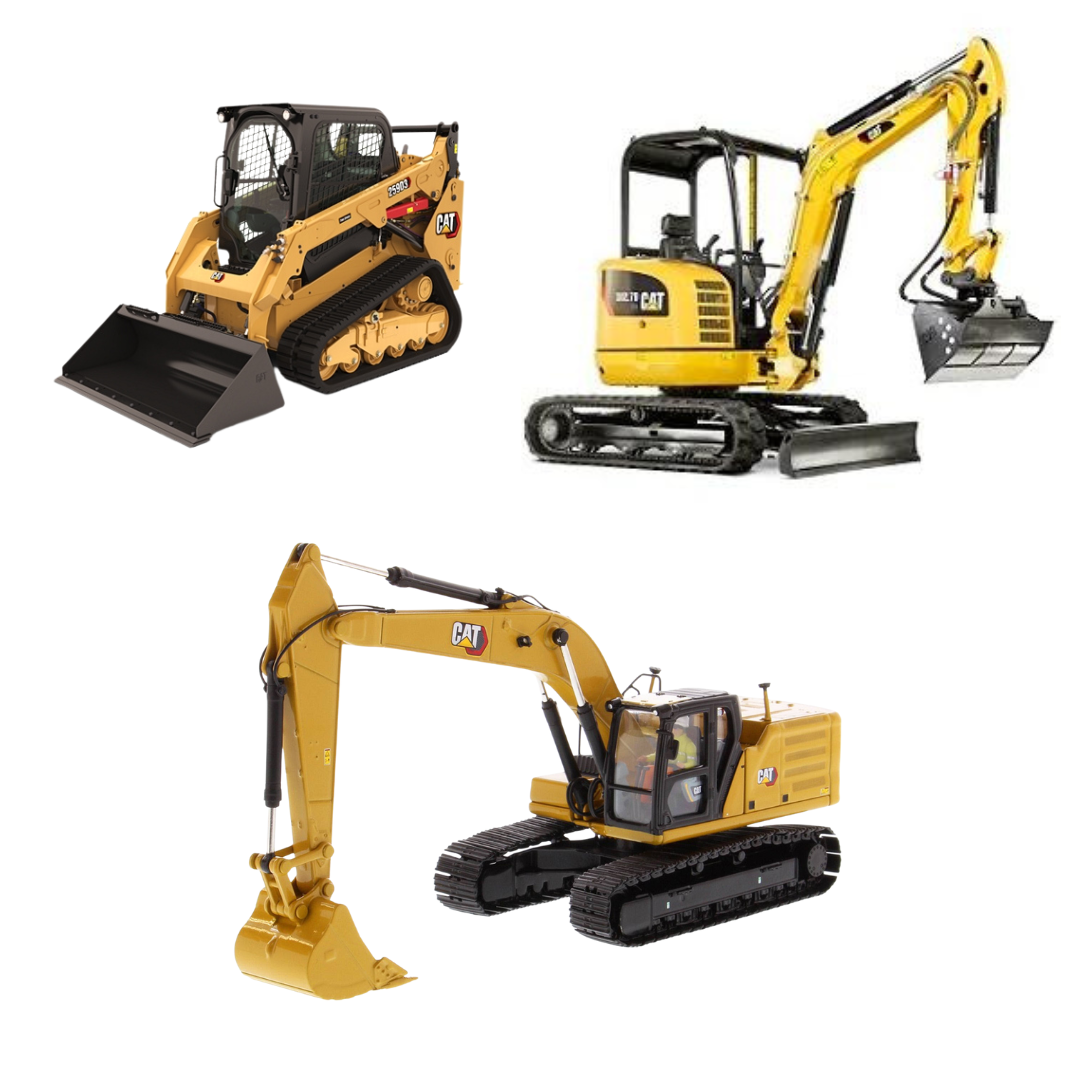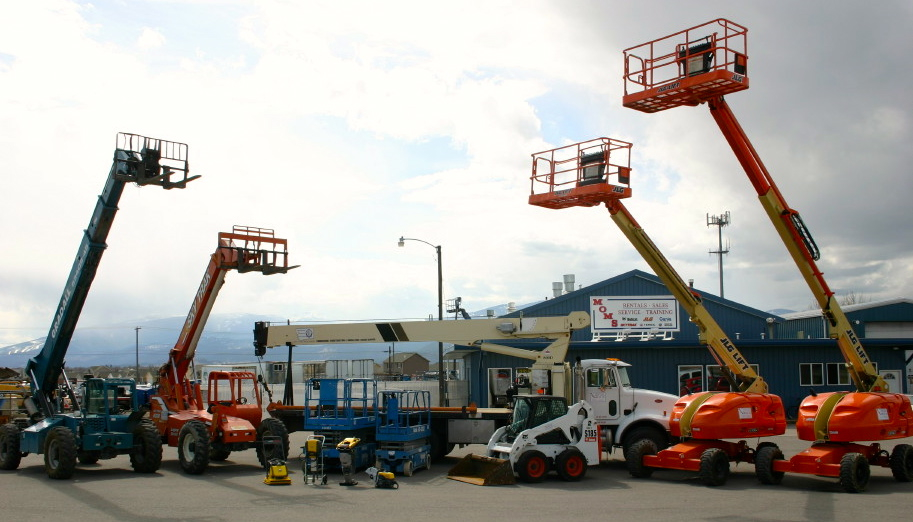Maximize Your Budget Plan by Recognizing the Costs Associated With Building Tools Services
Recognizing the full extent of costs linked with construction devices services is important for optimizing your budget plan. What strategies can be utilized to successfully take care of these costs and guarantee a much more efficient rental experience?
Review of Rental Expenses
When considering building tools leasings, understanding the connected expenses is extremely important for efficient budgeting and job preparation. Rental expenses can vary dramatically based on several variables, consisting of equipment type, period of service, and location. The first rental fee often shows the tools's market need and its associated operational capacities, influencing the general expense.
In addition to the base rental rate, secondary costs may occur, such as transportation costs, fuel additional charges, and maintenance charges. It is important to represent these added costs to properly assess the overall price of renting out equipment. The rental period can affect prices; longer rentals may certify for affordable prices, while temporary rentals might sustain greater day-to-day charges.

Break Down of Rental Rates
An extensive understanding of rental rates is crucial for contractors and project managers intending to maximize their spending plans. Rental rates for building equipment generally consist of several components, consisting of base rates, time-based charges, and use costs.
Base prices are the core charges related to the rental of the devices, typically identified by the type and dimension of the equipment. These rates can differ dramatically, influenced by elements such as equipment need, accessibility, and local market patterns. Time-based charges, which might be daily, weekly, or monthly, serve to suit various project timelines and rental durations.
Additionally, rental rates might consist of usage fees, which are applicable when tools is used beyond a defined threshold, guaranteeing that the rental company can make up deterioration. Seasonal need changes can also impact rental rates, with peak construction periods normally commanding greater prices.
In addition, comprehending the rental company's plans regarding upkeep and insurance can supply more insight into the general price structure. By analyzing these components, contractors can make educated choices, guaranteeing the option of rental equipment lines up with both job needs and budget plan restraints.
Added Costs to Consider
Understanding the ins and outs of added fees is crucial for contractors to handle their overall service expenditures properly. Beyond the common rental prices, numerous additional charges can considerably affect the overall price of tools leasing. These charges commonly consist of shipment and pickup charges, which can vary based on range and logistics associated with transporting the devices to and from the work website.
In addition, some rental firms might impose fuel additional charges if the equipment is returned with less fuel than when rented out. It is additionally important to understand potential cleaning costs, specifically for specific devices that calls for extensive maintenance after use.

Completely reviewing the rental agreement and clarifying these extra charges upfront can assist contractors ensure and prevent unexpected costs that budget plans remain undamaged throughout the project lifecycle.
Upkeep and Repair Work Expenditures
Regular upkeep and repair work expenditures are commonly neglected factors that can dramatically influence the total expense of construction devices rentals. When leasing tools, it is critical to take into consideration not only the rental costs however likewise the potential prices associated with maintaining the machinery in ideal operating problem.
Numerous rental business consist of standard upkeep as component of the rental agreement; nevertheless, more extensive repair work or unanticipated break downs can bring about additional expenditures. It's vital to assess the rental contract thoroughly to understand what maintenance solutions are covered and what duties drop on the occupant.
Furthermore, devices that is not well-kept can bring about inadequacies at work site, potentially triggering hold-ups and raising job prices. To minimize these threats, it is suggested to perform normal used track skid steer for sale near me examinations and keep open interaction with the rental service provider concerning any type of issues that arise during usage.
Insurance Coverage and Obligation Expenses
Insurance and liability costs are important parts that can dramatically affect the general cost of building equipment services (boom lift rental). These costs make sure that both the rental business and the client are shielded from possible financial losses arising from crashes, damage, or theft throughout the rental period

In addition, clients need to know any deductibles or exemptions in the insurance coverage, as these can affect possible out-of-pocket costs. Recognizing the terms and problems of any type of insurance policy coverage is crucial to stay clear of unexpected expenses. Ultimately, budgeting for insurance and responsibility expenses can assist make certain a smoother rental experience and safeguard against economic threats associated with building and construction projects.
Final Thought
In conclusion, a detailed heavy equipment rentals in my area understanding of the prices linked with construction equipment rentals is crucial for effective budget administration. Ultimately, notified decision-making pertaining to devices leasings contributes to the overall success of construction undertakings.
Rental expenses can vary dramatically based on numerous aspects, including equipment kind, duration of rental, and place (rental company near me). The rental duration can impact rates; longer leasings might certify for discounted prices, while my review here short-term services may incur greater daily fees
By conducting thorough study and engaging with trusted rental firms, specialists can effectively browse the complexities of rental prices, ultimately optimizing their financial resources.
Past the basic rental prices, various auxiliary fees can dramatically affect the complete expense of equipment service. Rental companies usually offer obligation insurance that covers injuries to third celebrations or damage to property, while devices damages insurance policy can cover the cost of repair services or substitute if the rented devices is harmed.